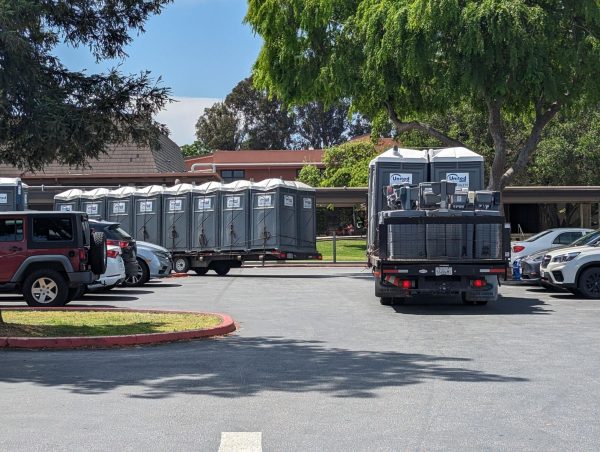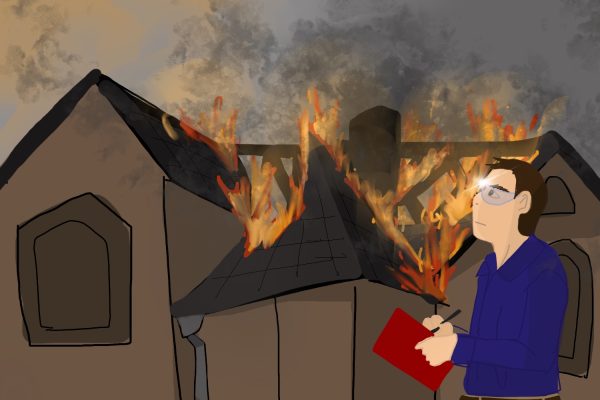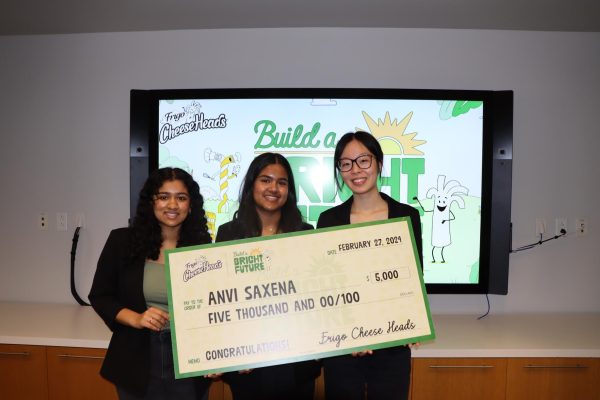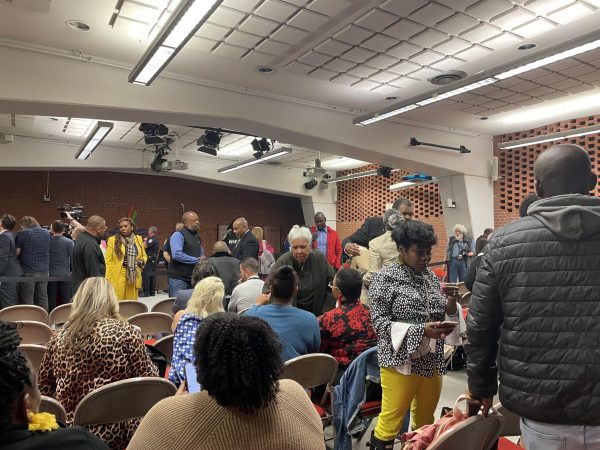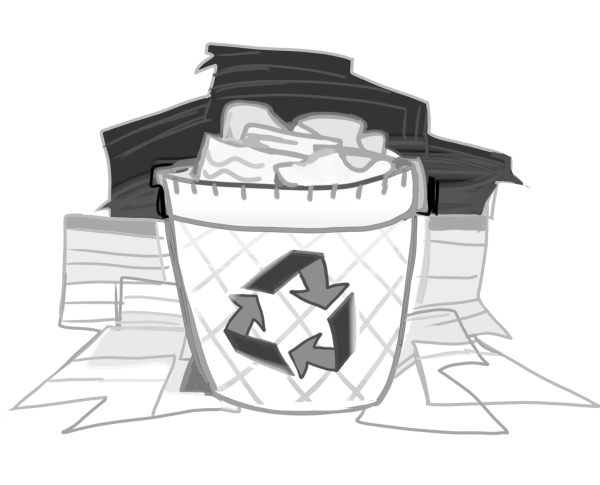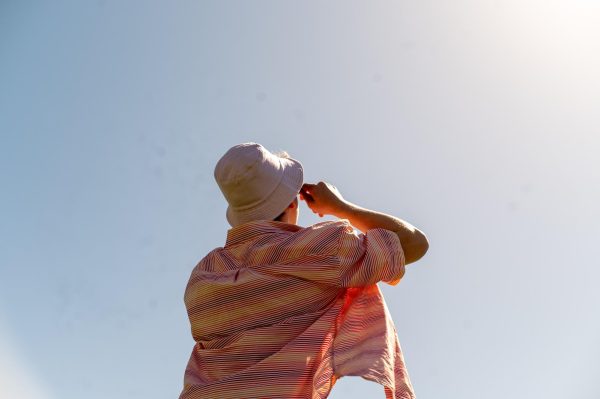Mid-Pacific teachers receive COVID vaccine as state moves to immunize teachers
February 25, 2021
Quite a few Mid-Pacific teachers have planned for and received the COVID-19 vaccine, aiming for a greater sense of security and safety during this pandemic.
COVID-19 vaccinations were opened up to teachers and other front-line workers on Jan. 5, which moved vaccine distribution into phase 1b, along with adults 75-years-old and older across the state of Hawaii.
Phase 1b is the second phase of Hawaii’s plan to distribute vaccines, which is estimated to be 20 percent of Hawaii’s population, according to data from the Hawaii Department of Health.
More than 276,600 total vaccines have been administered in Hawaii, which is 12.5 percent of the population with at least one dose of the vaccine, according to the DOH.
Both of the vaccines, Pfizer and Moderna, are the two-dose vaccines that are offered and approved by the Food and Drug Administration last year.
President Paul Turnbull said he received his first dose of the vaccine at the Pier 2 Cruise Terminal Hawaii Pacific Health Vaccination Center.
“From a leadership perspective, I’m a bigger believer in going last so that all of my employees and everyone on my team goes first and I take care of them first, but in this case, after many discussions, it became clear that the leaders needed to go first to show that it wasn’t a scary thing,” said Turnbull.
Sophomore English Teacher, Kathy Wheeler, received her first dose of the vaccination on Feb. 3.
Wheeler, however, said people may think they don’t have to worry about the pandemic since we now have the vaccine.
“I do think that people see the vaccine like a suit of armor, that as far as thinking, ‘I have the vaccine, I don’t have to worry.’ I don’t want this misunderstanding about what the vaccine does, and people to engage in more reckless behavior,” said Wheeler.
High School Social Studies Teacher, Noilani DeCosta, received her second dose of the vaccine on Feb. 1, through Castle Hospital in Kailua.
The most important thing, especially around the vaccine, is to be educated, said DeCosta.
“As an educator and myself, when I heard about the vaccine on the news/social media, I didn’t automatically say “Oh, I wanna get it” whilst listening to what everyone was saying. I really did my homework, by reading about it and making my own decision,” said DeCosta.
Both vaccines are two-dose vaccines, separated by about a month of time between each dose. Pfizer’s two doses are separated by 21 days, while Moderna’s two doses are separated by 28 days.
Alison Beste, photography teacher and junior class advisor, also received her first dose of the vaccine on Feb. 3.
Regardless of the vaccine, we still need to maintain the safety of our campus, said Beste.
“As one of the Junior class advisors, there’s a part of me that 100 percent wants to say yes, but I also think that we need to maintain safety. So again, I’m going to refer to experts and the folks in charge for this kind of thing because we really don’t want to become a site that is accidentally spreading COVID or inadvertently spreading COVID,” said Beste.
Christine Toguchi, high school math teacher, has opted not to get the vaccine since she said she is still breastfeeding.
We really don’t want to do this again next year, and hopefully, new research will come out about the vaccines, said Toguchi.
“I really hope that research comes out that it’s safe for children to get the vaccine… I love teaching but this is not the situation I signed up for,” she said.
Neither the Pfizer nor the Moderna vaccine has been approved by the FDA for teenagers. Pfizer was approved for ages 16 and over; Moderna has been approved for 18 and older.
The vaccine is both a sign of hope for us in the pandemic, but also a cautionary tale, said Turnbull.
“It’s absolutely a sign of hope that we’re taking the next step to solving some of the underlying issues with the pandemic, but it’s also a cautionary tale that if people start getting lazy, and they start thinking, ‘Oh good, the vaccine is out there,’ rates are going to start going up,” he said.
This story was originally published on Na Pueo on February 23, 2021.



























![IN THE SPOTLIGHT: Junior Zalie Mann performs “I Love to Cry at Weddings,” an ensemble piece from the fall musical Sweet Charity, to prospective students during the Fine Arts Showcase on Wednesday, Nov. 8. The showcase is a compilation of performances and demonstrations from each fine arts strand offered at McCallum. This show is put on so that prospective students can see if they are interested in joining an academy or major.
Sweet Charity originally ran the weekends of Sept. 28 and Oct. 8, but made a comeback for the Fine Arts Showcase.
“[Being at the front in the spotlight] is my favorite part of the whole dance, so I was super happy to be on stage performing and smiling at the audience,” Mann said.
Mann performed in both the musical theatre performance and dance excerpt “Ethereal,” a contemporary piece choreographed by the new dance director Terrance Carson, in the showcase. With also being a dance ambassador, Mann got to talk about what MAC dance is, her experience and answer any questions the aspiring arts majors and their parents may have.
Caption by Maya Tackett.](https://bestofsno.com/wp-content/uploads/2024/02/53321803427_47cd17fe70_o-1-1200x800.jpg)
![SPREADING THE JOY: Sophomore Chim Becker poses with sophomores Cozbi Sims and Lou Davidson while manning a table at the Hispanic Heritage treat day during lunch of Sept 28. Becker is a part of the students of color alliance, who put together the activity to raise money for their club.
“It [the stand] was really fun because McCallum has a lot of latino kids,” Becker said. “And I think it was nice that I could share the stuff that I usually just have at home with people who have never tried it before.”
Becker recognizes the importance of celebrating Hispanic heritage at Mac.
“I think its important to celebrate,” Becker said. “Because our culture is awesome and super cool, and everybody should be able to learn about other cultures of the world.”
Caption by JoJo Barnard.](https://bestofsno.com/wp-content/uploads/2024/01/53221601352_4127a81c41_o-1200x675.jpg)




